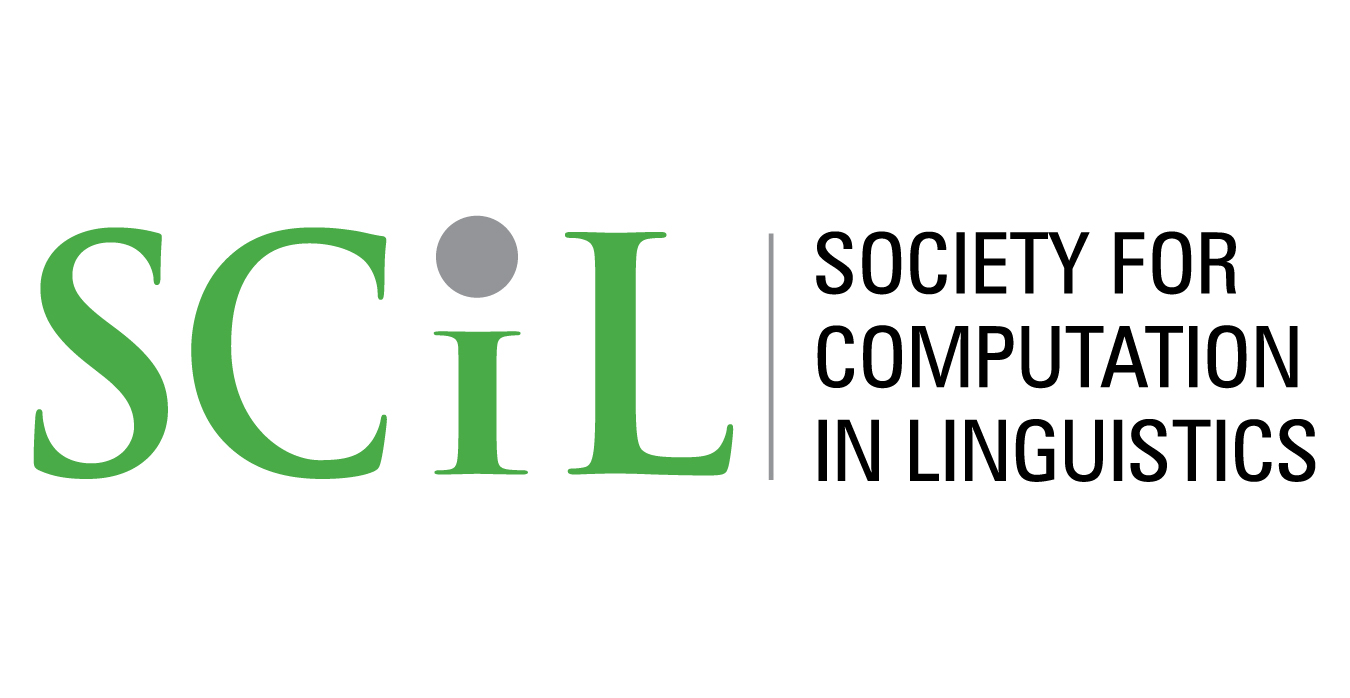Creating a Digital Keyboard for Itunyoso Triqui
Abstract
In this paper, I outline the process of creating a mobile keyboard for Itunyoso Triqui, an endangered indigenous language of Southern Mexico. Literacy in Itunyoso Triqui is low, and speakers do most of their texting and typing in Spanish. The language’s complex lexical tone system and many multigraphs make typing on a typical QWERTY mobile keyboard difficult. This keyboard offers several innovative features to make typing in Triqui more idiomatic, including multigraph keys and several options for tone input. By allowing for more convenient typing in Triqui, this keyboard enables speakers to use Triqui over Spanish in day-to-day typing and texting, which helps bolster language vitality and literacy. The case of Triqui is not unique. Many minority language speakers use a dominant language for typing and texting; dominant languages have better language tools, due to having a larger potential userbase and therefore more resources for development. By creating tools for minority languages that are idiomatic to each language and convenient to use, we can encourage their use in digital contexts, increasing literacy and vitality of minority languages more broadly.
Keywords: User interface, Mobile keyboard, Orthography, Low-resource languages, Indigenous Languages, Language revitalization, Literacy, Language tools
How to Cite:
Shames, K., (2025) “Creating a Digital Keyboard for Itunyoso Triqui”, Society for Computation in Linguistics 8(1): 38. doi: https://doi.org/10.7275/scil.3169
Downloads:
Download PDF
254 Views
110 Downloads
